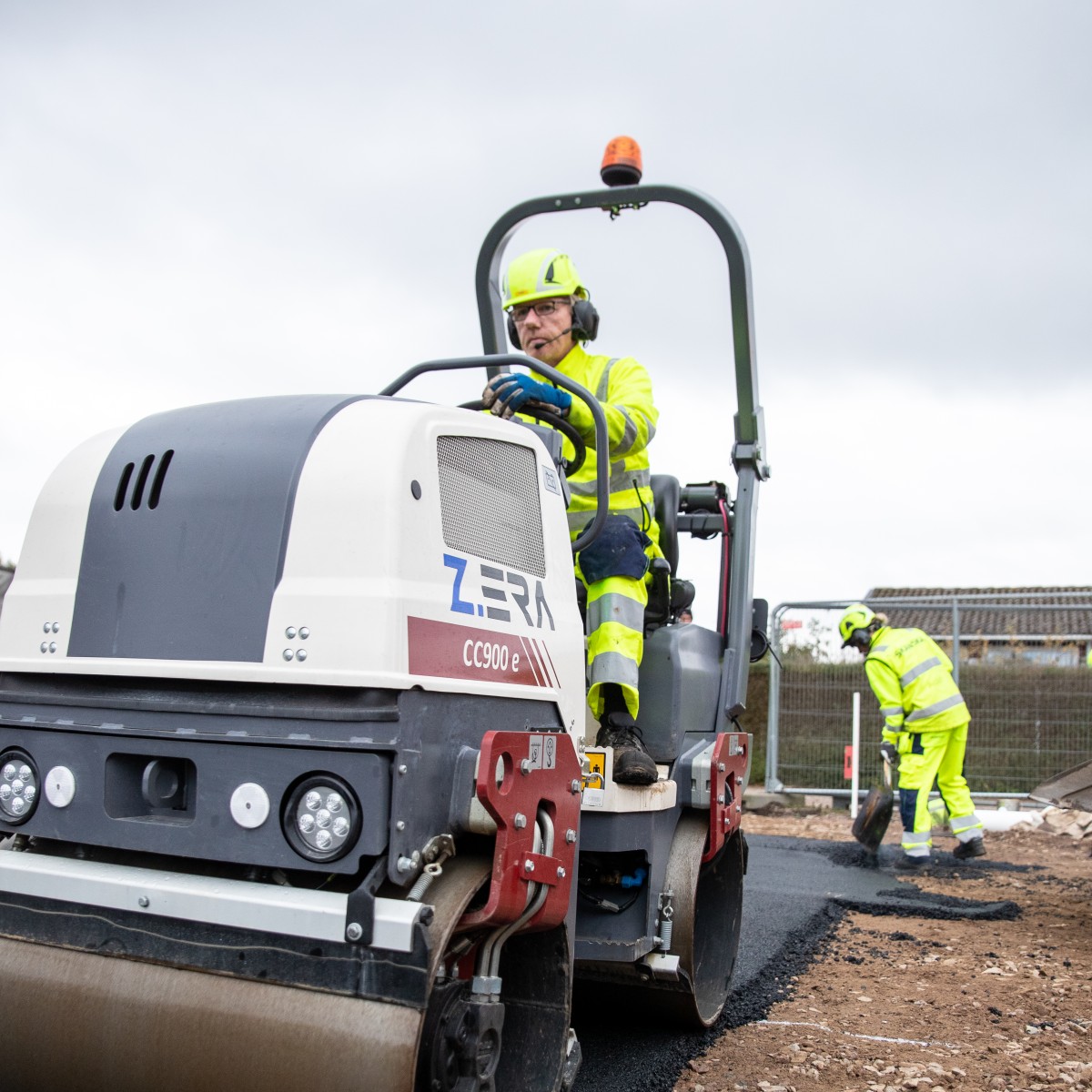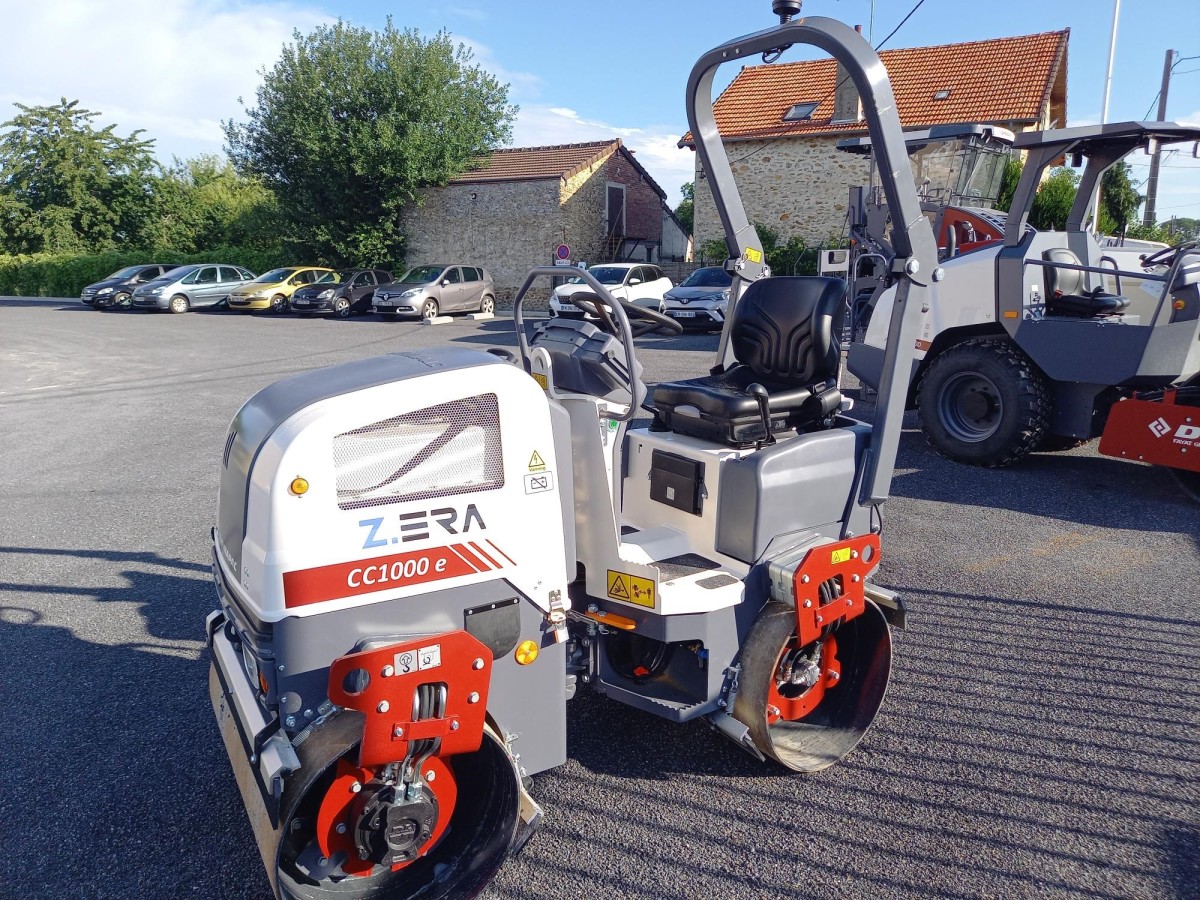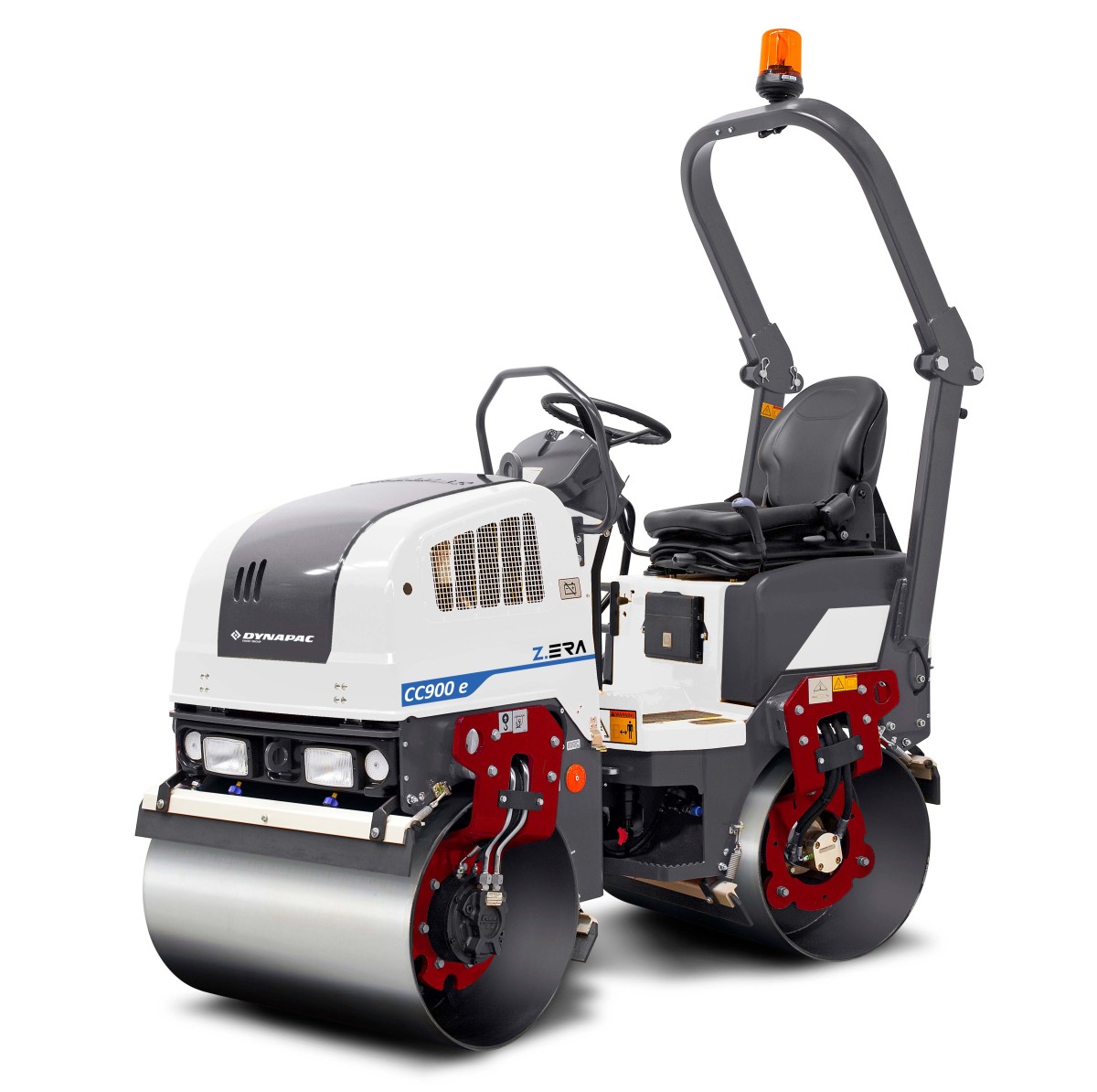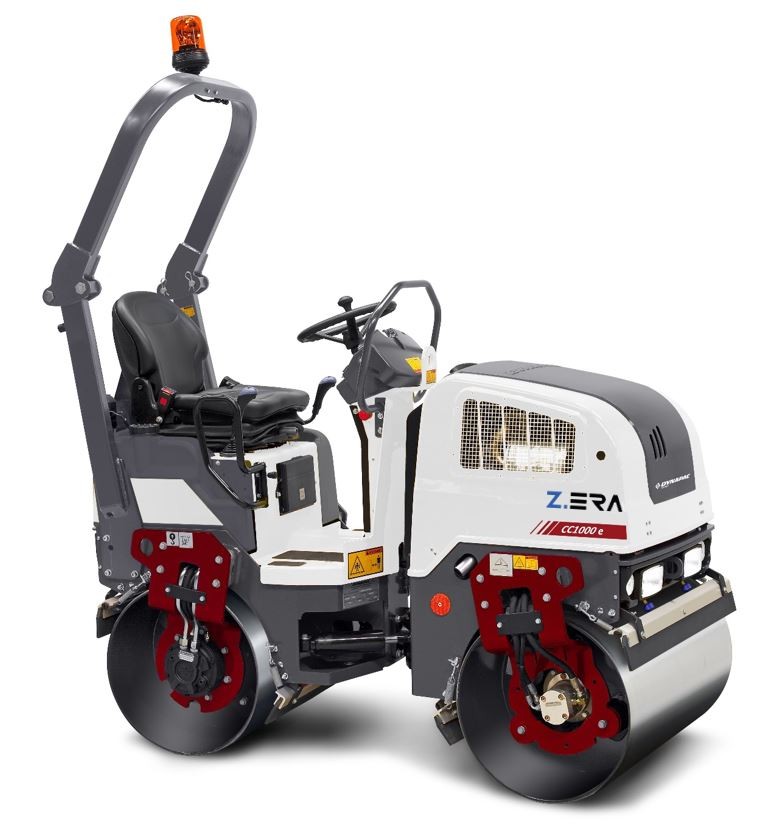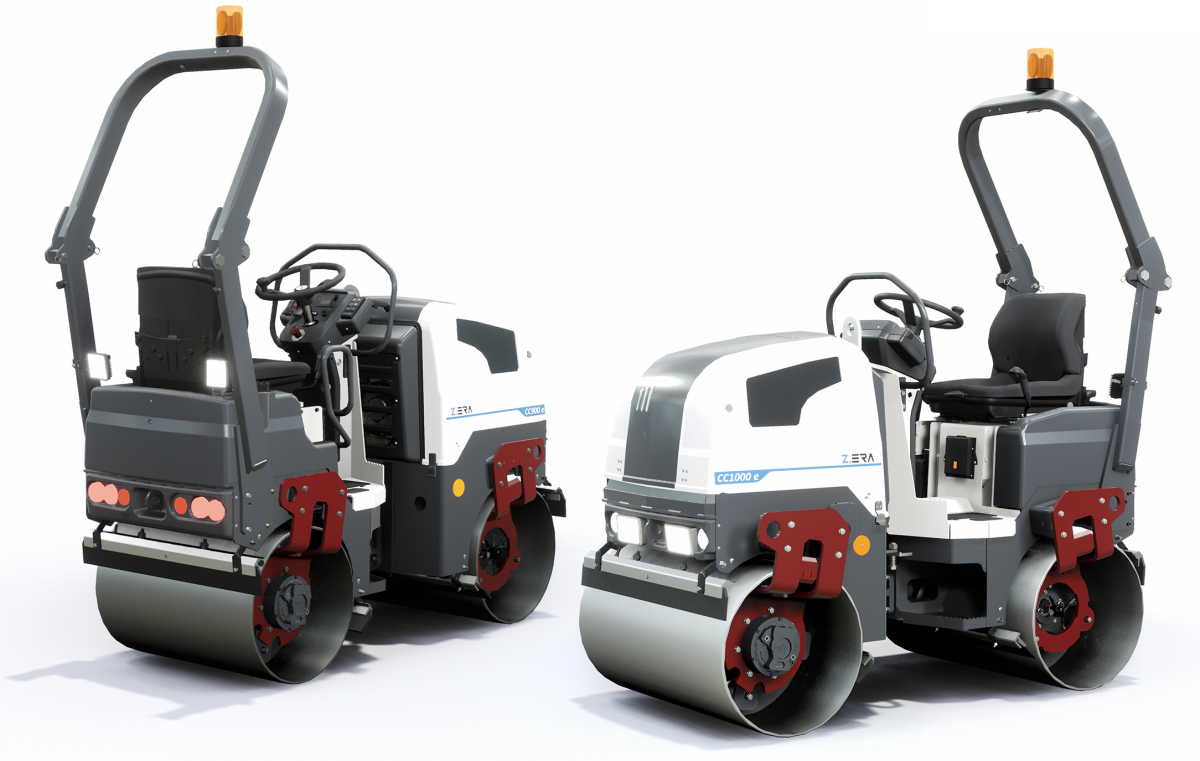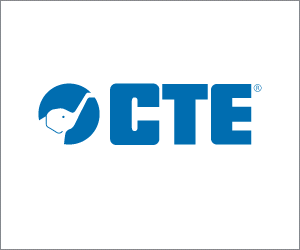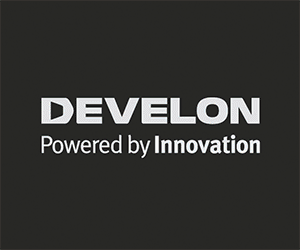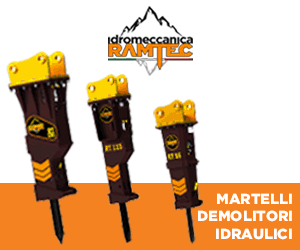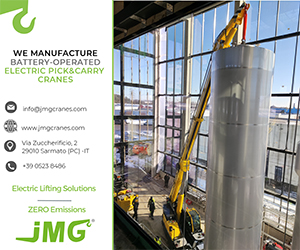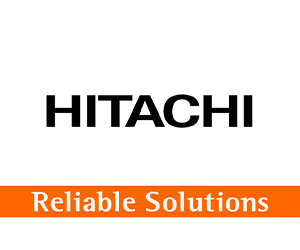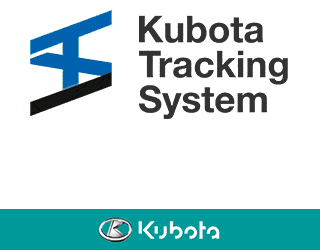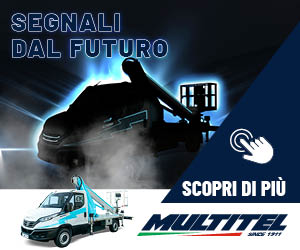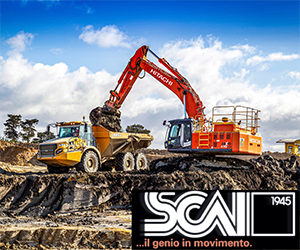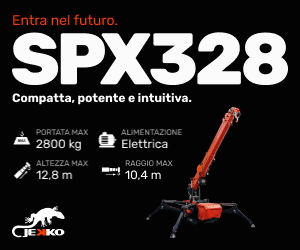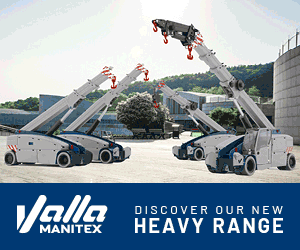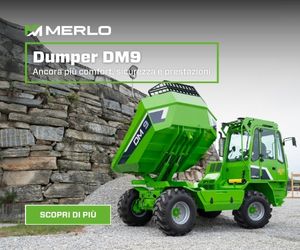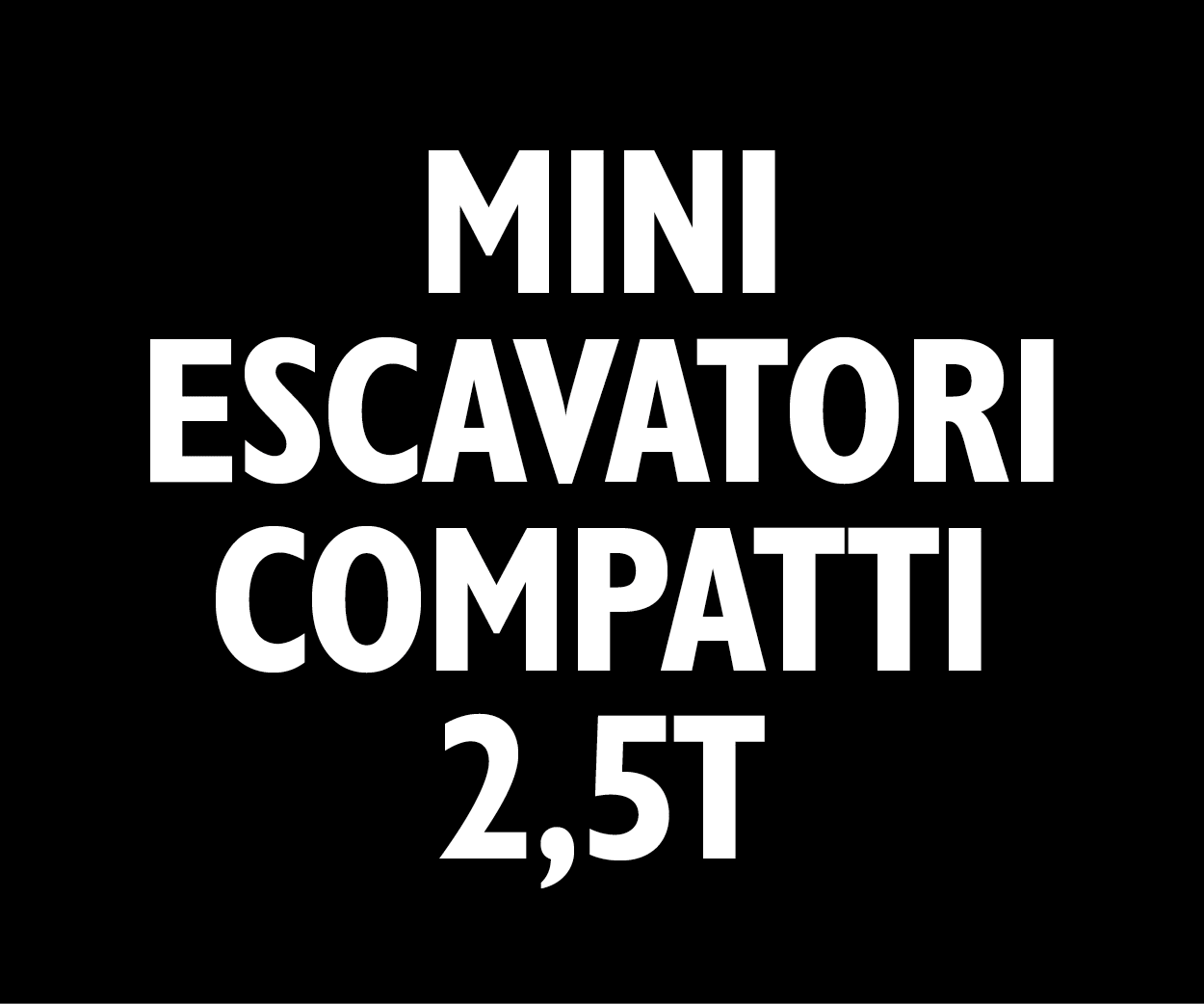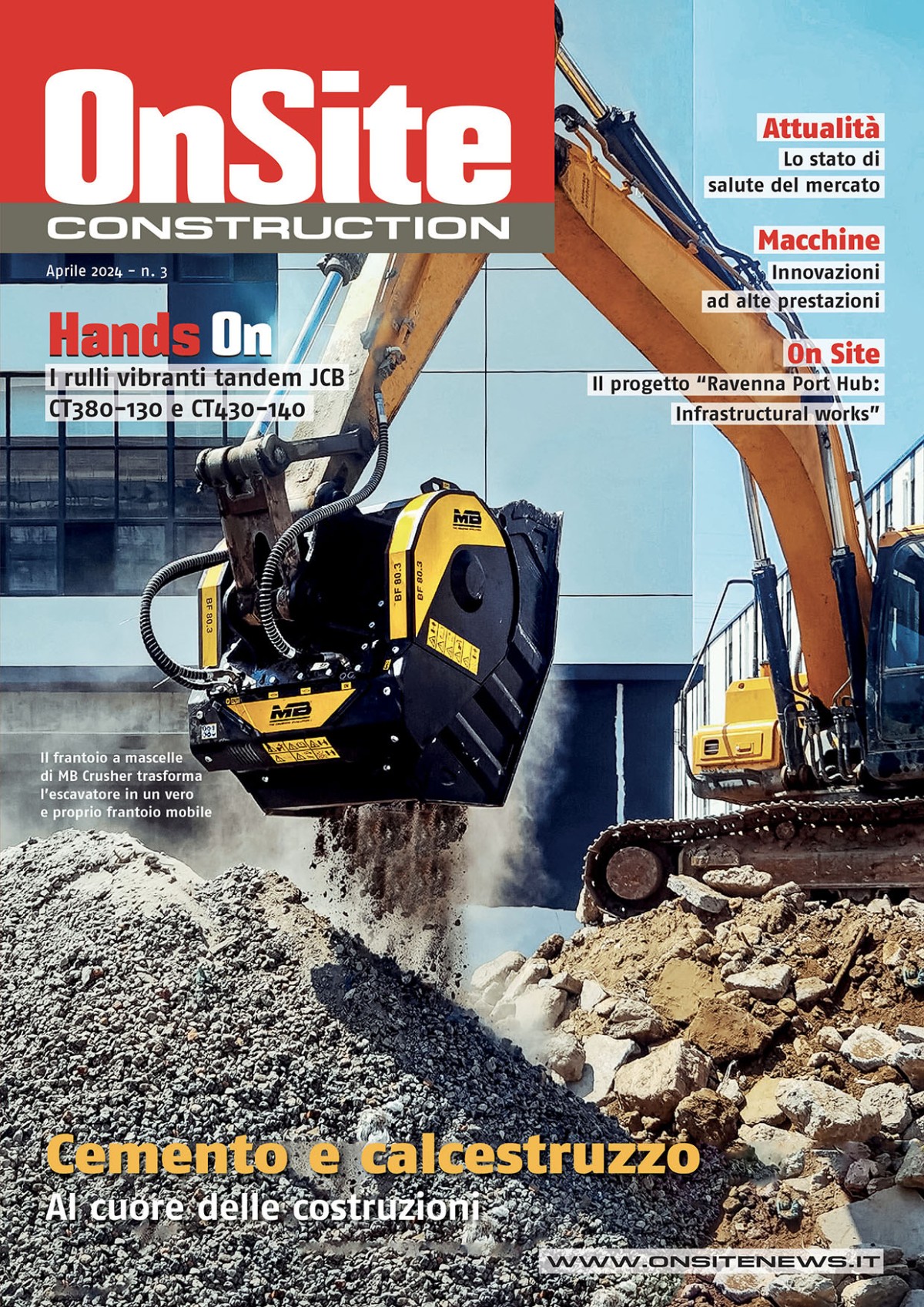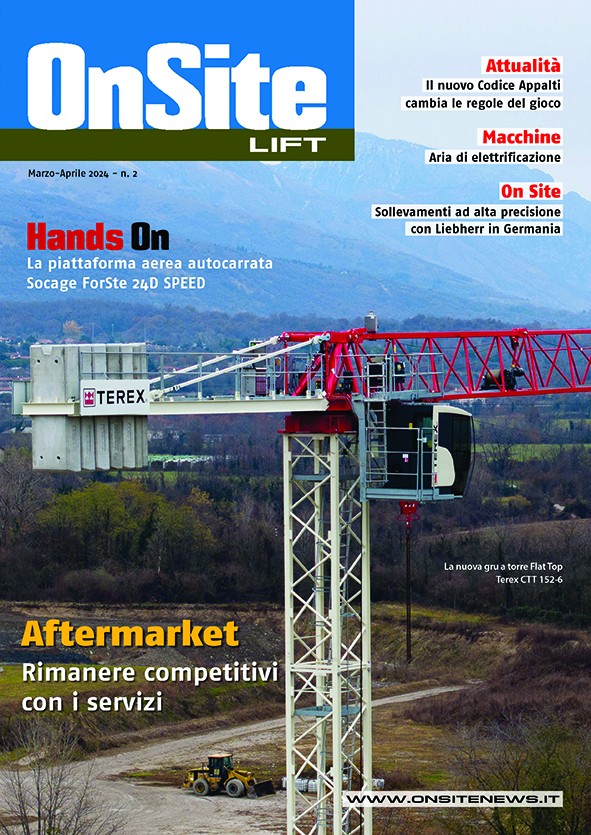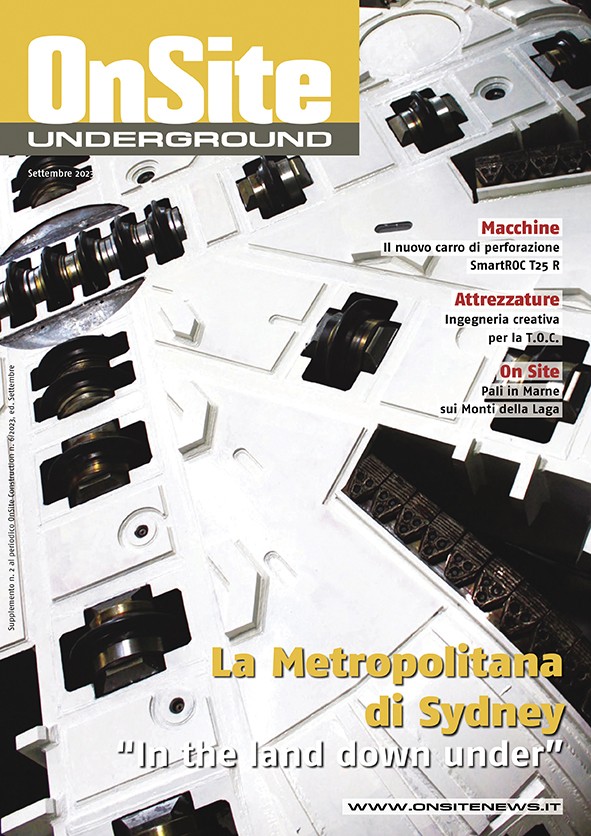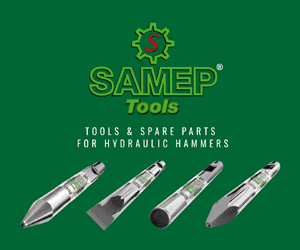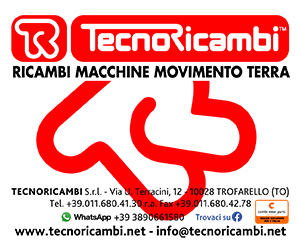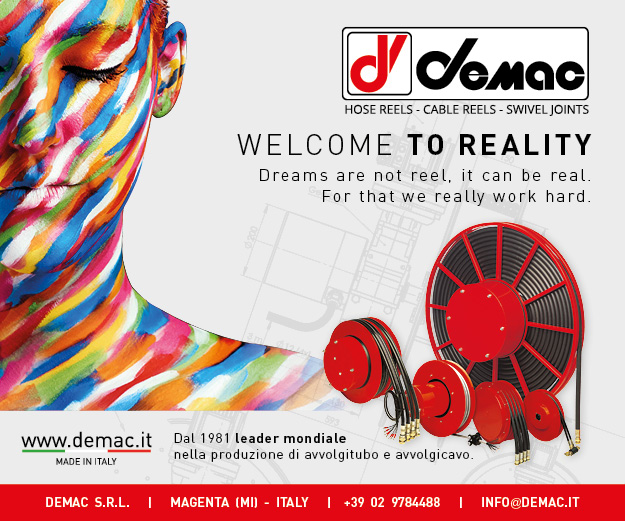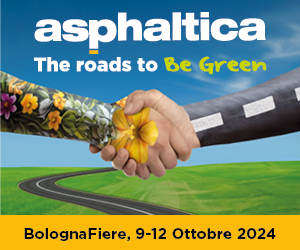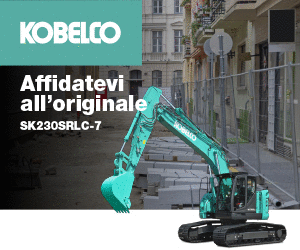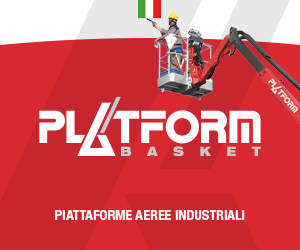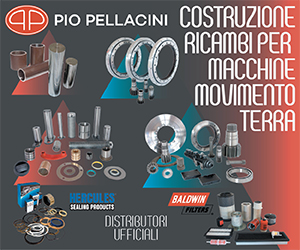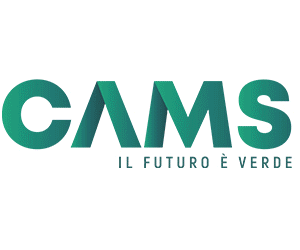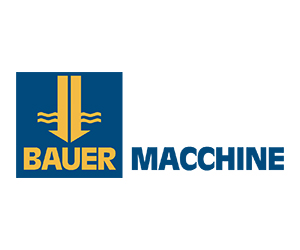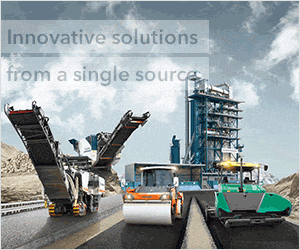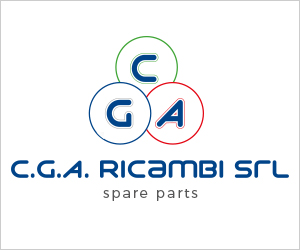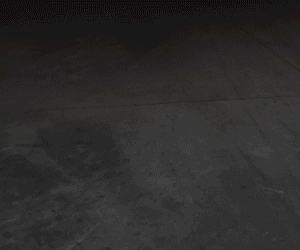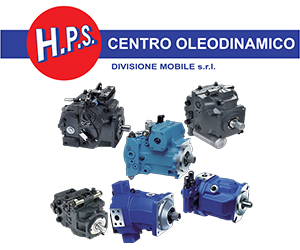Home \ International \ Dynapac's Z.ERA program for an emission-free workplace in construction
Dynapac's Z.ERA program for an emission-free workplace in construction
06/03/2024
Pubblicato da Redazione
The Z.ERA program at Dynapac is helping accelerate the continual push towards an emission-free workplace in construction.
The Z.ERA program at Dynapac is helping accelerate the continual push towards an emission-free workplace in construction. This can be seen in the investment and further refinement of alternative fuels such as battery-driven engines and hydrogen power solutions. The initial phase of the program has focused on offering a product portfolio that is optimally suited for inner-city environment applications such as smaller road assignments like bicycle lanes and repair works. Among the many benefits of alternative, energy-powered pavers compared to their diesel counterparts are reduced carbon footprints, more savings resulting from diminished operational costs, and less wear & tear due to fewer fluids and moving parts. Additionally, operator comfort is heightened with lower noise levels and no exhaust fumes.
One reason for this transformation is the fact that 60% of all global greenhouse gas emissions are generated in inner cities. This has led to governments introducing increasingly stricter emission regulation policies within their city limits. By 2025, many major cities around the world aim to ban diesel- or petrol-powered machines on construction worksites altogether. While some countries are experimenting with alternate fuels like hydrogenated vegetable oil (HVO) or biodiesel, both models still depend on combustion engines. Although these options have their justification, they still represent a transitional change. In this respect, they can be seen as just more steps toward reaching the goal of an emission-free future. Z.ERA program will assist in leading the way with its first focus on inner-city work sites.
Dynapac believes that this transformation starts with replacing combustion engine power packs with robust and reliable battery technology. Based on customer’s reliance on a full day's worth of performance, and available technology, we began with machines designed for city and repair work which all had shorter operating times. Today, this innovative portfolio includes an Electric Citypaver SD1800W e and Electric double drum asphalt rollers CC900 e/ CC1000 e and several electric-driven solutions for light compaction applications.
The SD1800We features a 98kWh lithium-ion water-cooled battery pack that drives a highly effective 55 kW electric motor directly coupled to a high-efficiency hydraulics system without an additional gearbox. This constellation provides the performance needed for a full working cycle for about 40 % of the applications. Thanks to a standard Type 2 CCS2 plug, the machine is capable of handling charging speeds of up to 80kW DC. The battery is fully charged in one hour via 700V fast charging. AC charging speeds of up to 22kW @ 400V take around 3-4 hours to fully charge. Another advantage is that the electric versions have the same operational set-up as their diesel counterparts, meaning no extra learning or training is required. Equally similar is their high degree of performance.
The battery-powered small tandem rollers - CC900 e and CC1000 e – have an operational weigh around 1,8t. These models feature a 15kWh lithium-ion battery that powers a 10kW electric motor for drive and steering. Another 8,5kW motor is used for vibration. The machines are so identical to its diesel variants that there is more or less no learning curve required for the operator. The equipment can work a full day - 8 hours - without re-charging. Charging options include (a) 1,3h to 80% charge with a 400V – 3 phase fast charger and (b) 6h to 80% charge with a standard charger, 230V – 1 phase.
“The productivity and capacity of the electric machine are identical to the diesel versions. About 70 – 80 tons of asphalt were compacted with the CC900 e with a layer thickness between 40 to 50mm. After completion of job, we have had many cases where the battery had around 20 to 30% of charge left in it. A limited batch of machines will hit the market later this year followed by serial production units in 2023.”, says Seby Joseph Global Marketing Manager for Compaction.
As a responsible manufacturer in the construction sector, we are taking concrete and measurable steps to accelerate the journey towards an emission-free future. The innovative electric machines offer all the uncompromising performance needed for inner-city construction projects while helping everyone involved reach their mission zero jobsite goals faster.
Nikhil Sapre, Vice President of Marketing and Sales is confident in the latest C02 footprint advancements, stating: "Our Z.ERA program is driving the transformation towards emission-free equipment with future-ready drives consisting of alternative fuels, battery EV, and hydrogen power. We are continuously working with our partners to accelerate this movement and assist our customers in achieving their goals for carbon neutrality. At Dynapac, we're striving to offer fossil-free drive options for more than 50% of our product lines by 2030 and help reduce carbon footprints at job sites around the world.“

Ultime notizie di OnSite News
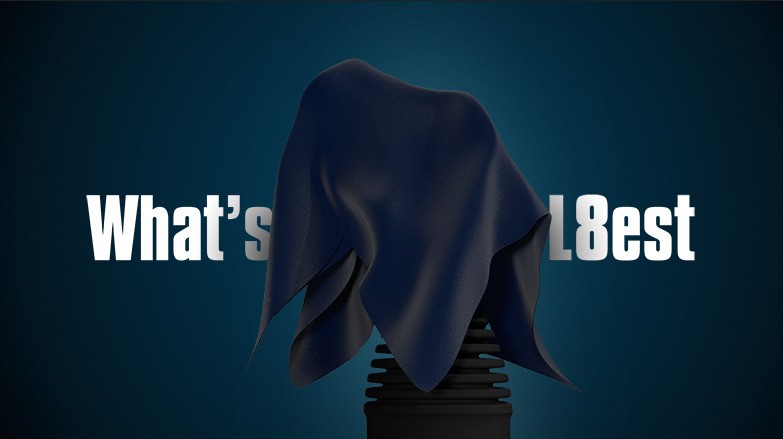
Components
26/04/2024
SVAB launches the successor to the popoular joystick Grip L8
At this year’s edition of Intermat in Paris on April 24-27,...
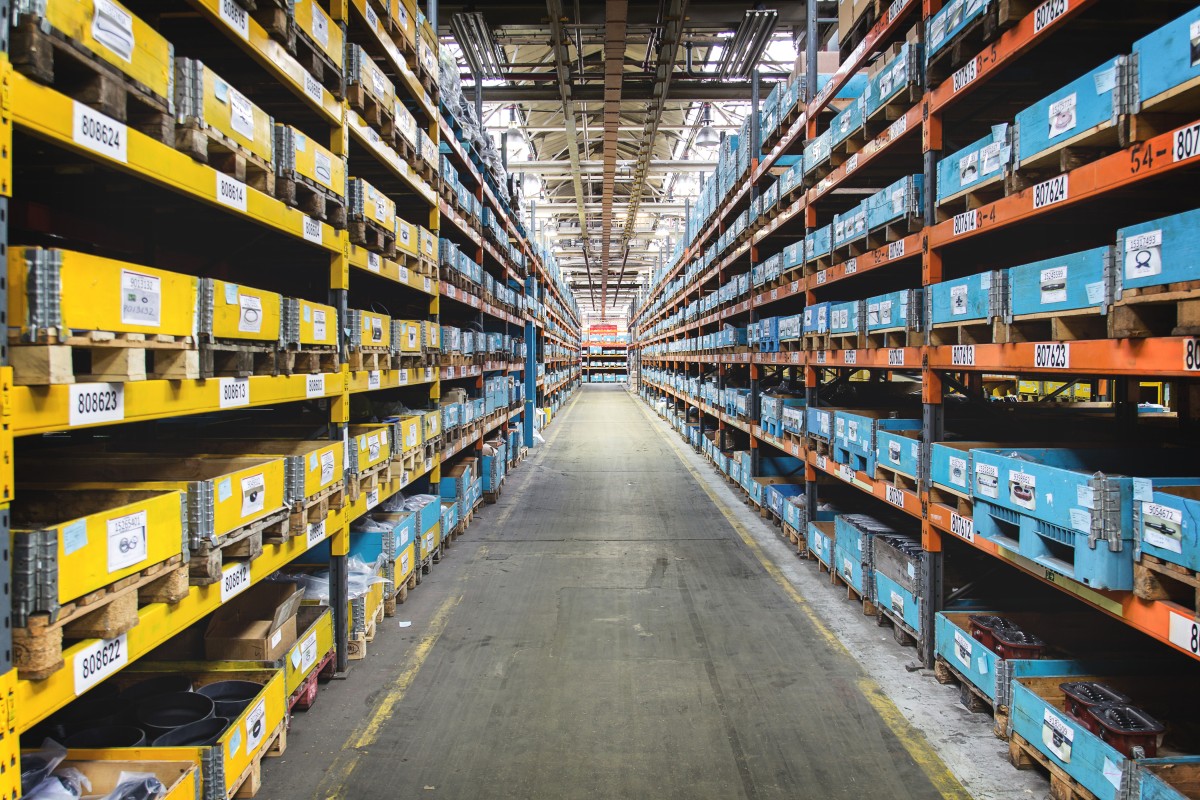
Components
25/04/2024
Genuine parts ensure articulated hauler quality and uptime
The importance of good quality, reliable parts when maintain...
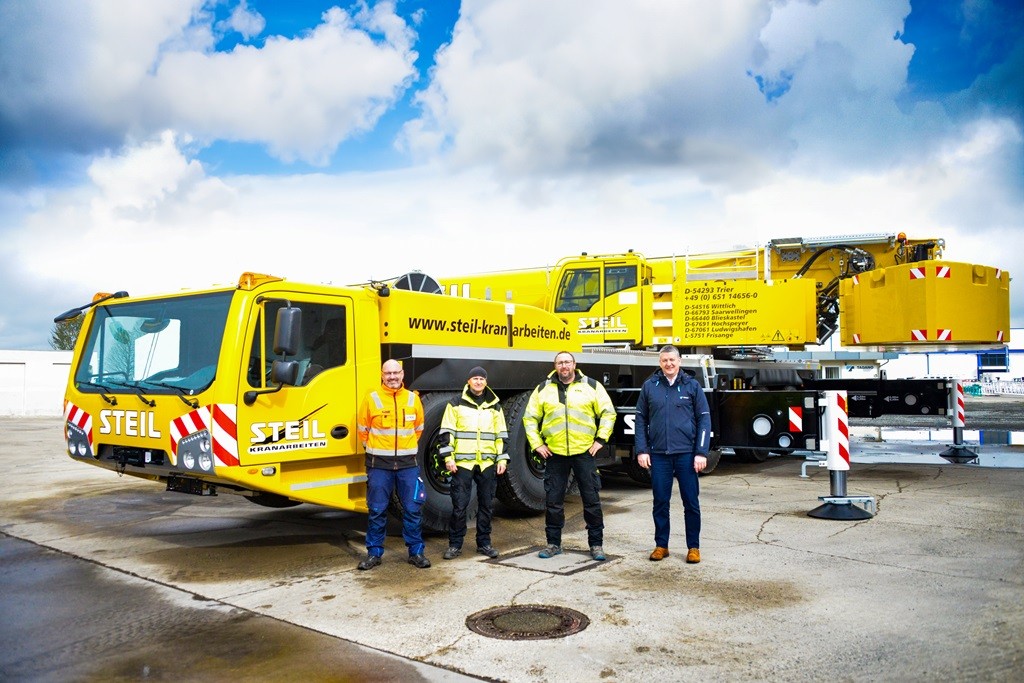
Lifting
25/04/2024
Steil takes delivery of new Tadano AC 6.300-1 all terrain crane
Steil takes delivery of new Tadano AC 6.300-1 all terrain cr...
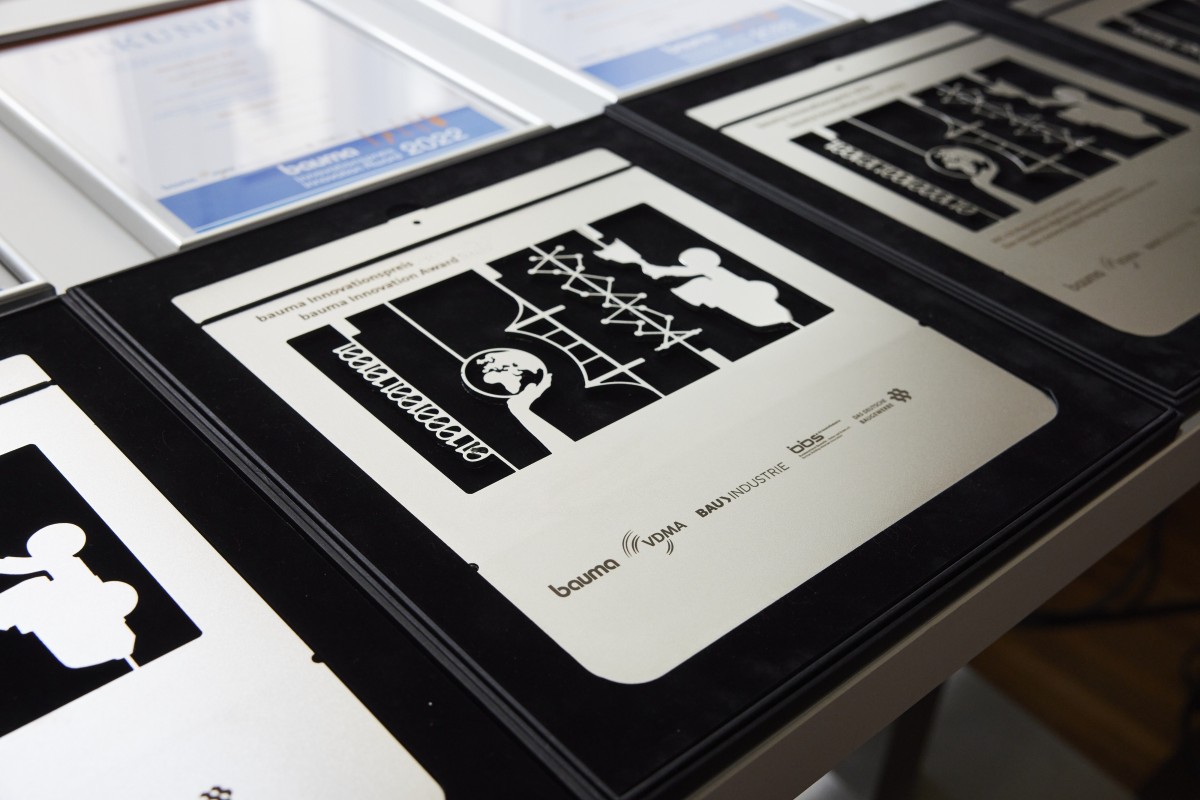
Earthmoving Machinery
23/04/2024
Bauma Innovation Award: Kick-off 2 May 2024
On the occasion of bauma 2025, the leading associations of t...
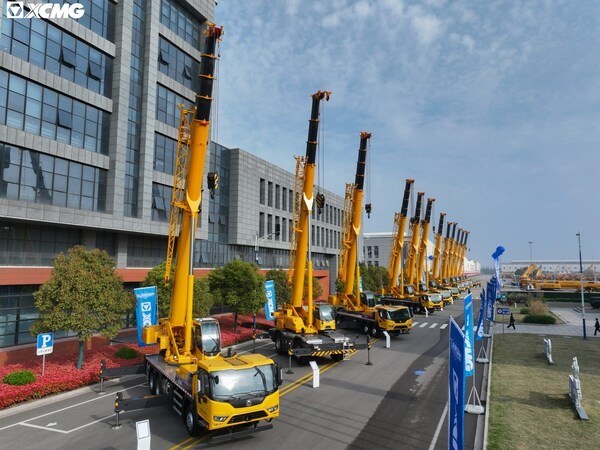
Lifting
19/04/2024
XCMG unveiled its premium G2 crane brand
G2 Integrates the whole process of product application, main...
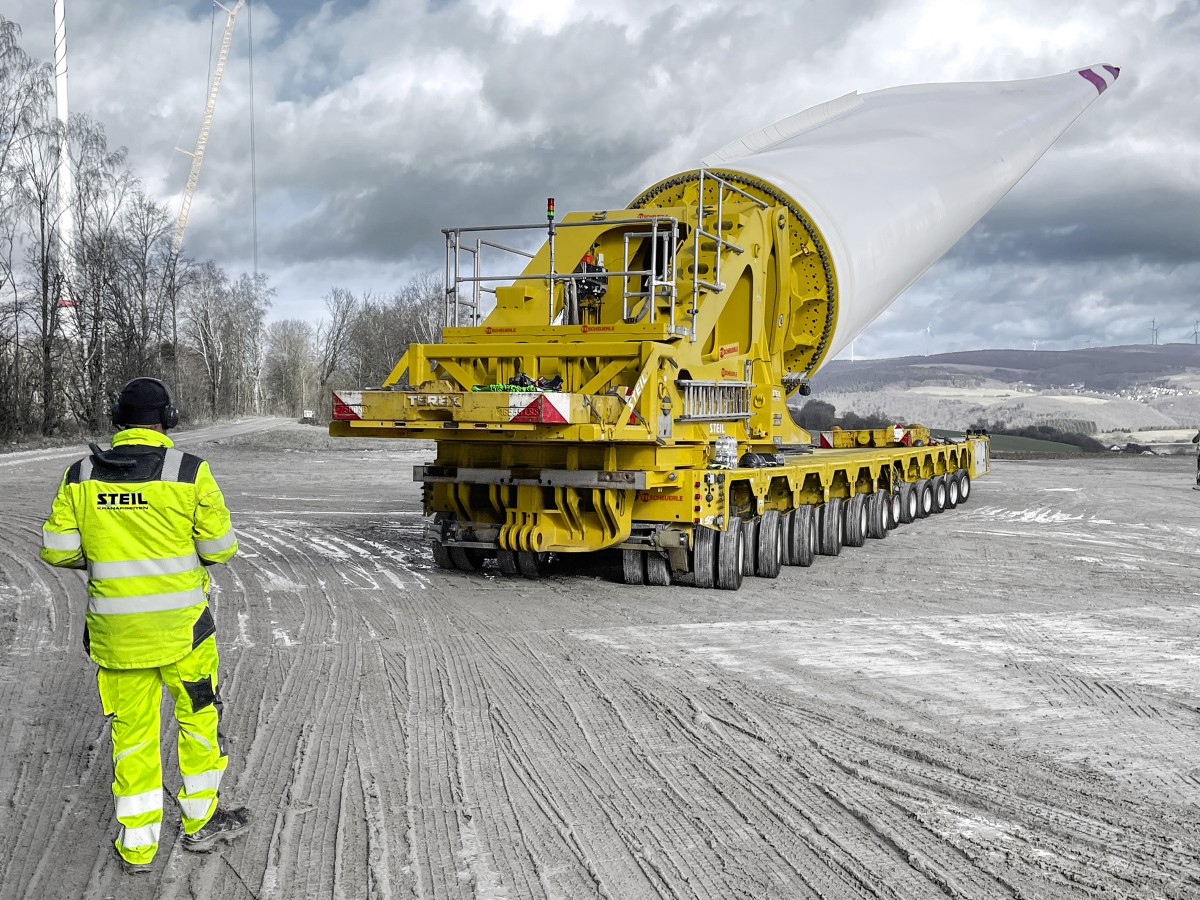
Services
18/04/2024
BladeLifter from TII SCHEUERLE is the perfect choice for even the longest rotor blades
The fourth generation SCHEUERLE BladeLifter allows all fleet...
Altri International
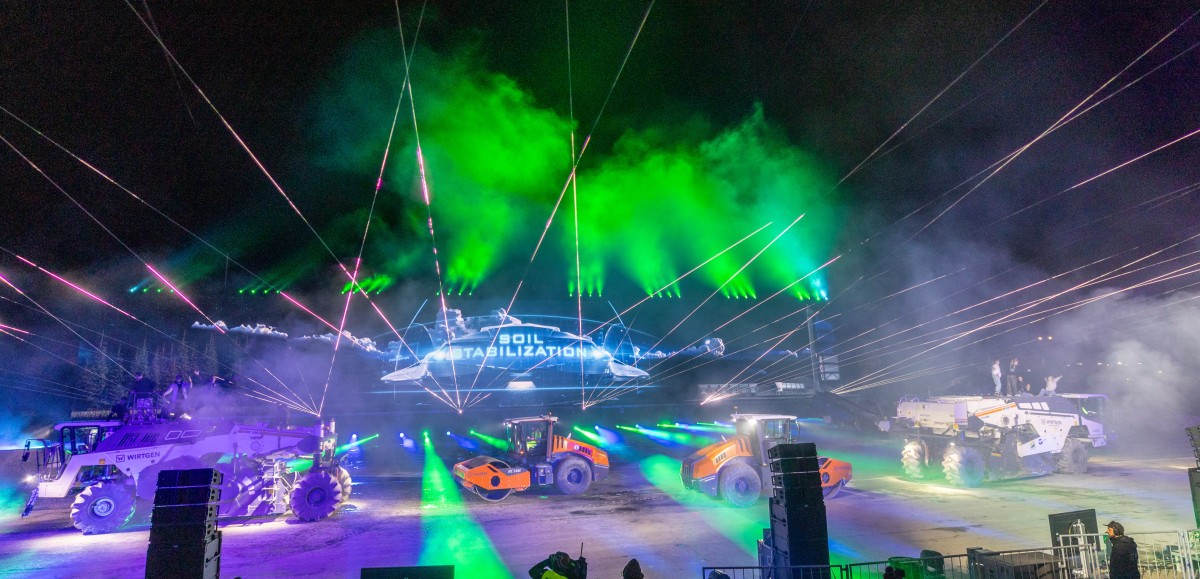
International
26/04/2024
Digitalisation and sustainability at the Wirtgen Group's "Technology Days"
Digitalisation and sustainability were the focal points of t...

International
26/04/2024
SVAB launches the successor to the popoular joystick Grip L8
At this year’s edition of Intermat in Paris on April 24-27,...

International
25/04/2024
Genuine parts ensure articulated hauler quality and uptime
The importance of good quality, reliable parts when maintain...

International
25/04/2024
Steil takes delivery of new Tadano AC 6.300-1 all terrain crane
Steil takes delivery of new Tadano AC 6.300-1 all terrain cr...
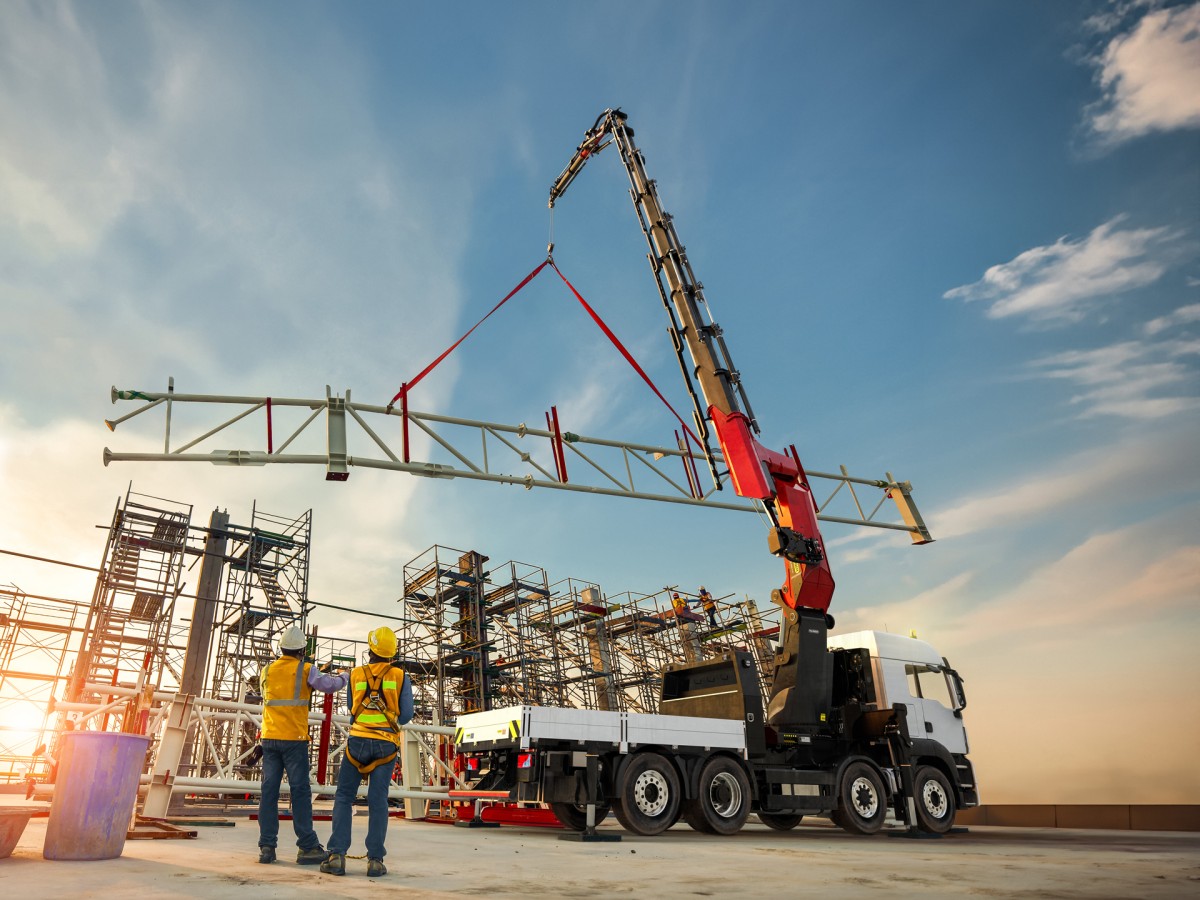
International
24/04/2024
New Palfinger's TEC Heavy-Duty Cranes Set Standards in Power & Precision
The new Palfinger PK 1350 TEC and PK 1650 TEC heavy-duty cra...
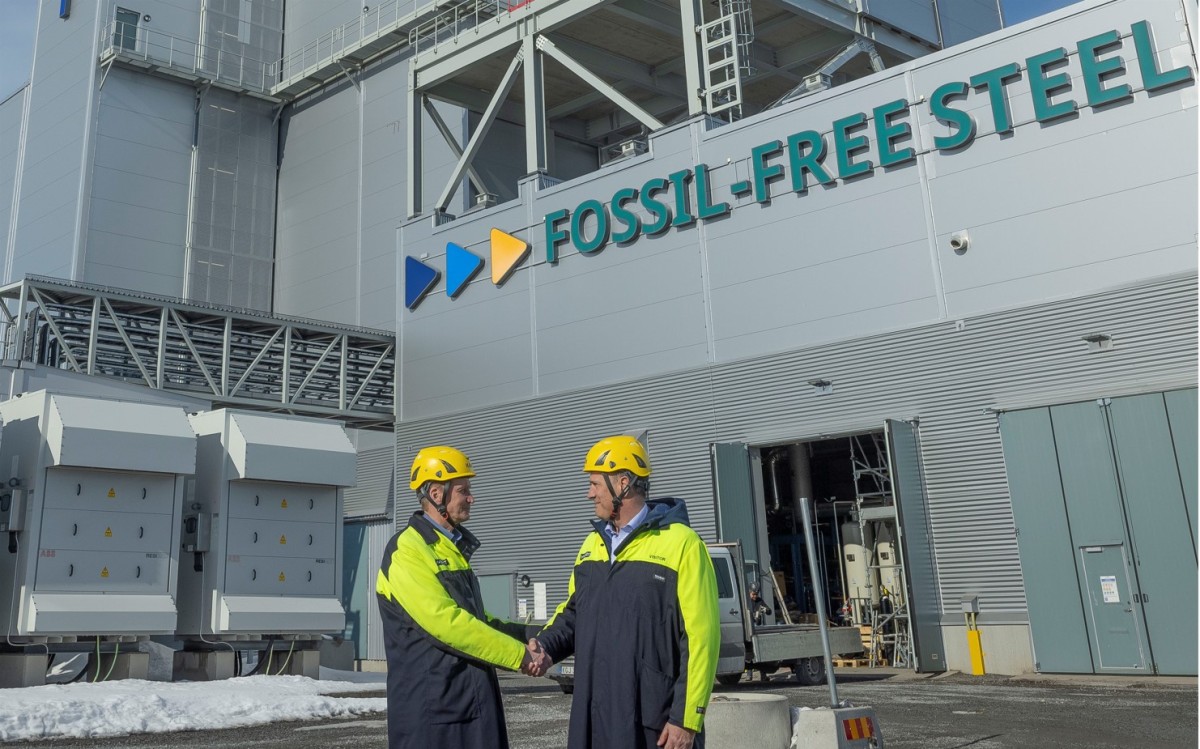
International
24/04/2024
SSAB and Manitou Group agree on fossil-free steel
Manitou Group announces the signature of a letter of intent...












